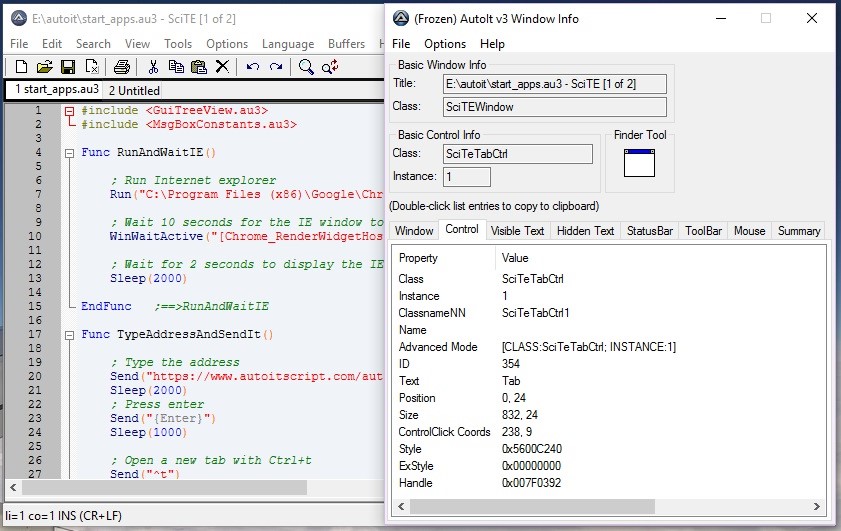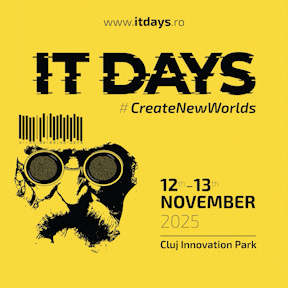I have been a tester since 2004. I have taken many roles in 13 years but have always considered myself a tester. I have not seen it all, but I have seen a lot. I have been ecstatic when I found bugs that were on the verge of an insane check and terribly ashamed when I missed something that made using the product difficult or impossible in production. I have hidden away in my projects and company believing that I am a good tester I, and I have been on stage, in front of hundreds of people, expecting the one question that will make me realize how stupid my assumptions are.
Generally QA comes in to picture after development is complete. Then QA team works on testing the implemented features and finds bugs on developed application. This helps to increase quality on the application developed. However – is it best approach? Does it bring down the cost. The answer would be no. Then what methods, process QA can follow to bring best Quality.
To consolidate QA resources, best practices and automation tools dispersed around the enterprise, and to optimize testing performance, many companies turn to Testing Centers of Excellence (TCoEs). At the same time, TCoE isn’t a heal-all concept for every company, as its setup requires a lot of organizational efforts. TCoE performance results can’t always outweigh them.
We are continuously innovating and changing the auto field. If, until 10 years ago, a full test cycle for a software product for the auto industry took 2 years, the test period is now considerably reduced in view of an ever-growing market and of fierce competition. We have more and more electronic equipment in our car, the auto autonomy is greater and greater, and the development and testing time is more and more reduced. Given all these aspects, how do we choose our staff, how do we select testers? How do we ensure that we deliver high-quality products?

Today, time to market is crucial and errors and bugs are not easily tolerated. Therefore, it is important to deliver high-quality products. As quality assurance is often not the prime focus, because of various constraints such as time, cost, resources, QA is only partially covered. The result is reflected in a negative user experience. Manual testing has reliability issuess, as it is tedious and slow. As an example, by the time a bug is discovered, important details to reproduce it may have already been forgotten. Moreover, manual test results should be well documented by the tester in order to serve as reference to others. For these reasons, testing is a matter of discipline where automation can really help.

At some point, one may be interested in finding out how well-developed the automated test cases which validate the Web Services functionality actually are. In other words, it would be good to know how much the test cases hit the code. One way to test the Web Services functionality is by using SOAP UI. This article describes how we can use the Squish Coco application to determine how much the SOAP UI test cases impact the C# code.

We already know that millions of people from around the world use mobile phones and tablets, and the number of users is on the rise. This also determines the exponential growth of the global mobile applications market.Companies which develop mobile applications must ensure that they deliver high-quality products and that they stand out from the crowd in order to receive good feedback from customers. This has become a challenge, considering the diversity of mobile devices and operating systems. To ensure large and efficient coverage, these applications must undergo automated testing. This is the reason why generic solutions must be found, namely solutions that cover the testing of the applications to the greatest possible extent.
All new features determine us to add a couple of new cases to one or multiple data providers. What happens when you have two, three or more features that need the adding of various details to data providers? Eventually the data providers from the tests will get bigger and harder to follow. Let’s say we have an online store application that can be used for purchasing items with one type of account (regularAccount) and this store is available for 3 domains. This online store offers only English localization.

In a general, as a widely accepted definition, quality of a product is the main characteristic that differentiates that aforementioned product in relation to other, similar products available on the market. Quality implies meeting the customer’s expectations, at a cost that the customer affords (or: agrees) to pay, so that we, as a provider of goods or services, will be able to do this the next day and the day after that. A bug-free product is not necessarily a good-quality product. Quality is as good as its perception by the end-users, as good as meeting the end-users’ expectations. Of course, a bug-free product is more likely to be perceived as a good one, but that’s just part of the whole picture. This is an important part, no one could argue about, but just one part of the picture. “Quality Assurance” is the set of activities aiming to build quality into our final product. It consist of preventive and corrective actions that ensure us and our customers that the product we deliver meets their expectations. Customers’ expectations derive from the intended use of our product and from various legal or industry standards.

Do you want an application that automatically starts up your favorite or most indispensable applications? Write an AutoIt script! It will ease your routines and launch everything you need for work while you enjoy your morning coffee. While there are many great automation tools like Selenium, Sikuli, AutoHotkey available, AutoIt is easy to learn, it is freeware and it is fast – perfect for task automation based on GUI and for carrying out all kinds of tests related to performance!
































